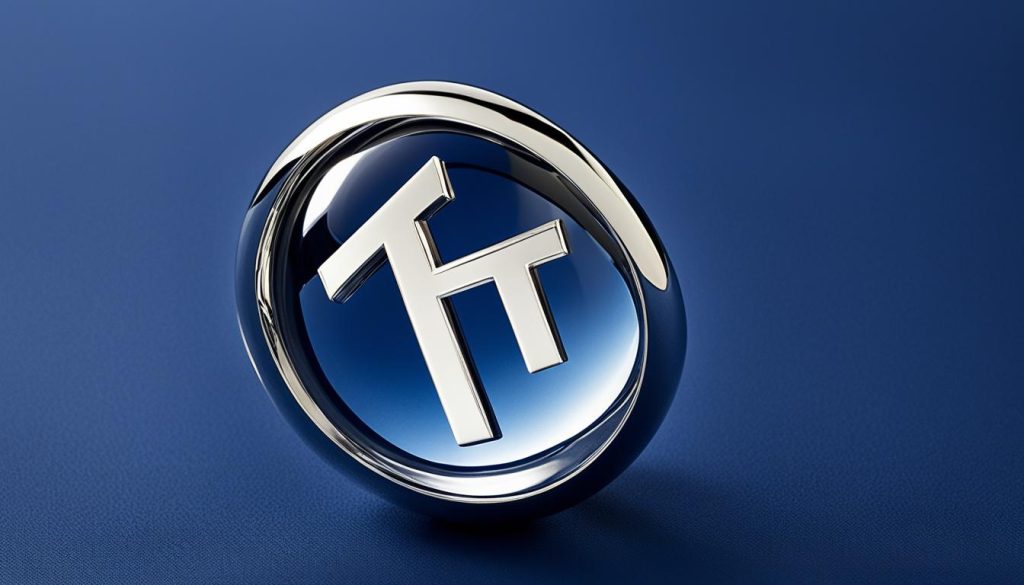Registering a trademark is a crucial step in protecting your brand identity and preventing others from using your name without permission. By securing a trademark, you assert your intellectual property rights and gain legal protection for your brand. In this guide, we will walk you through the process of how to trademark a name in the UK, covering everything from the application process to the benefits of registration.
By following the steps outlined in this guide, you can successfully register your trademark and safeguard your brand identity. Let’s get started!
Understanding Trademarks and Their Types
Before applying for a trademark, it is important to understand the legal requirements and types of trademarks that can be registered. This section will provide comprehensive information on trademark registration, trademark protection, and trademark law in the United Kingdom, ensuring that you can navigate the process successfully.
Types of Trademarks
Trademarks can take various forms, including:
- Words: Names, slogans, phrases, or combinations of words
- Sounds: Distinctive audio elements, such as jingles or brand music
- Logos: Unique graphical representations of a brand
- Colors: Specific color combinations or shades
- Combinations: A combination of any of the above elements
It is crucial to choose the right type of trademark that accurately represents your brand and differentiates it from others in the market.
Restrictions on Trademarks
While trademarks offer legal protection, there are certain restrictions and limitations that you should be aware of. Some of these restrictions include:
- Offensive or descriptive terms: Inappropriate or generic terms are generally not eligible for trademark registration
- Generic shapes: Common shapes cannot be trademarked to prevent others from using general geometrical designs
- Official emblems or flags: Unauthorized use of official emblems or flags is prohibited
Understanding these restrictions is essential to ensure that your trademark application adheres to the legal requirements and has the highest chance of success.

| Trademark Type | Description |
|---|---|
| Words | Includes brand names, slogans, or phrases |
| Sounds | Distinctive audio elements associated with a brand |
| Logos | Graphical representation that represents a brand visually |
| Colors | Specific color combinations or shades used to represent a brand |
| Combinations | A combination of different elements, such as words, logos, and colors |
By understanding the types of trademarks that can be registered and the potential restrictions, you can make informed decisions throughout the trademark application process and ensure the protection of your brand identity.
How to Trademark a Name in the UK?
The Trademark Application Process
When it comes to trademarking a name in the UK, understanding the application process is crucial. This section will guide you through the necessary steps and requirements, ensuring that you can protect your brand and intellectual property effectively.
Step 1: Determine Your Trademark Details
The first step in the trademark application process is to determine the specific details of your trademark. This includes the name or logo you want to trademark, the goods or services it will relate to, and the classes under which it falls. It’s important to provide accurate and specific information to ensure the proper protection of your brand.
Step 2: Conduct a Trademark Search
Before submitting your trademark application, it is crucial to conduct a thorough trademark search. This will help you identify if there are any existing trademarks that are similar to yours, avoiding potential conflicts and rejections. By conducting a search, you can ensure that your chosen name or logo is available for registration.
Step 3: Prepare and Submit Your Application
Once you have determined your trademark details and conducted a search, it’s time to prepare and submit your application. The application process involves filling out the necessary forms and providing supporting documents, such as a representation of your trademark and a list of goods or services. It is important to accurately complete the application to avoid delays or rejections.
Step 4: Pay the Application Fee
When submitting your trademark application, you will need to pay the required application fee. The fee may vary depending on the type of trademark and the number of classes it falls under. It’s essential to ensure that the fee is paid in full to avoid any issues with the registration process.
Step 5: The Approval Process
Once your application is submitted, it will go through a review process by the UK Intellectual Property Office (IPO). This process may take several months, and the IPO may request additional information or amendments to your application. It’s important to monitor the progress of your application and respond promptly to any correspondence from the IPO.
Step 6: Trademark Registration
If your application is approved, congratulations! You have successfully registered your trademark. The trademark registration provides you with legal protection and exclusive rights to use the registered name or logo in relation to the specified goods or services. It’s important to maintain and renew your trademark registration to ensure ongoing protection of your brand.

In summary, the trademark application process in the UK involves determining your trademark details, conducting a trademark search, preparing and submitting the application, paying the application fee, going through the approval process, and finally, obtaining trademark registration. By following these steps and ensuring compliance with the necessary requirements, you can successfully trademark your name and protect your brand in the UK.
Maintaining and Enforcing Your Trademark
Once your trademark is registered, it is essential to understand how to maintain and enforce your rights. This section will guide you through the necessary steps and provide valuable information to protect your trademark effectively.
Trademark Renewal Process
Trademark registration is not a one-time event; it requires regular renewal to maintain its validity. The process usually involves submitting renewal forms and fees to the appropriate intellectual property office. Failing to renew your trademark within the specified time frame can result in the loss of protection.
Active Use of Your Trademark
To preserve the exclusivity of your trademark, it is crucial to actively use it in connection with the goods or services it represents. This demonstrates your continuous intention to protect and promote your brand. Utilizing your trademark consistently helps establish its distinctiveness and prevents others from claiming similar rights.
Enforcing Your Trademark Rights
If you encounter infringement of your trademark, taking appropriate action is vital to protect your brand’s integrity. This may involve sending cease-and-desist letters, filing legal proceedings, or negotiating settlements. By enforcing your trademark rights, you safeguard your business against unauthorized use and potential damage to your reputation.
Using the Trademark Symbol (®)
Displaying the trademark symbol (®) alongside your trademark serves as notice to others that you have registered and own the rights to it. This symbol acts as a deterrent to potential infringers and legally strengthens your position in case of litigation. Remember to use the ® symbol only for registered trademarks, not for pending or unregistered marks.
Trademark Searches and Monitoring
To ensure your trademark is adequately protected, regular trademark searches and monitoring are essential. By conducting searches, you can identify potential conflicts with existing trademarks and take preventive measures. Monitoring your trademark helps you detect unauthorized usage and take timely action to protect your brand.
Trademark Renewal Timeline
| Timeline | Action |
|---|---|
| Every 10 years | Renewal period for most trademark registrations |
| 6 months before expiry | Start preparing renewal application and fee |
| 3 to 4 months before expiry | Submit renewal application and fee to intellectual property office |
| After renewal | Keep records of renewal for future reference |
By following these guidelines, you can effectively maintain and enforce your trademark, preserving your brand’s identity and protecting your business interests.

Conclusion
The trademark registration process is a fundamental aspect of protecting your brand identity in the UK. By comprehending the requirements and steps involved in trademarking a name, you can effectively safeguard your intellectual property rights. Registering a trademark not only grants legal protection but also empowers you to take legal action against any infringement and provides opportunities to license or sell your brand.
Following the guidelines outlined in this comprehensive guide, you can successfully navigate the intricacies of the trademark registration process, ensuring the security of your brand identity. By registering your trademark, you establish a solid foundation for the growth and longevity of your business.
Don’t overlook the significance of trademark registration— it is a vital risk-management tool that safeguards your brand against unauthorized usage and imitation. By taking the necessary steps to protect your brand through trademark registration, you can confidently build a strong brand identity that stands the test of time.





